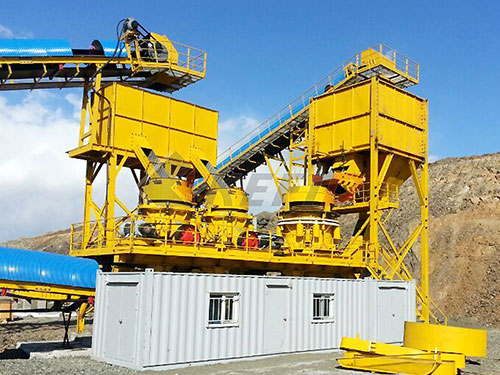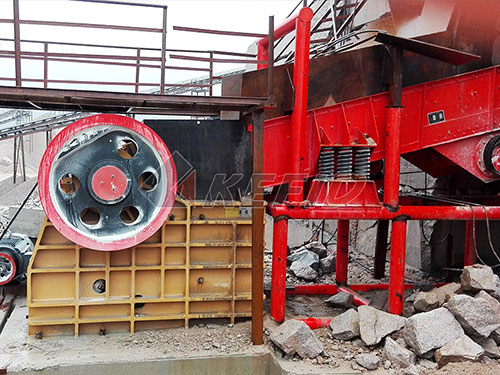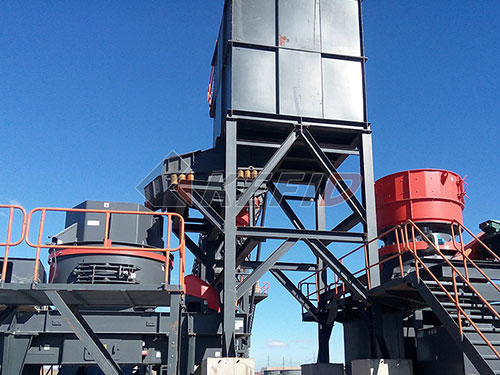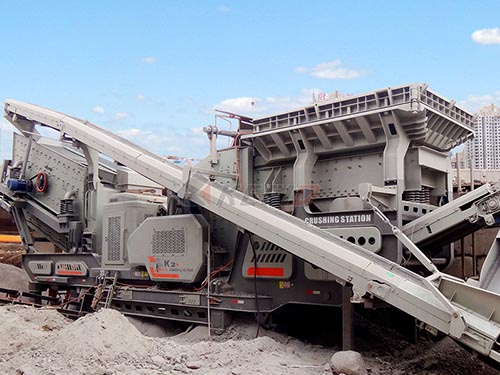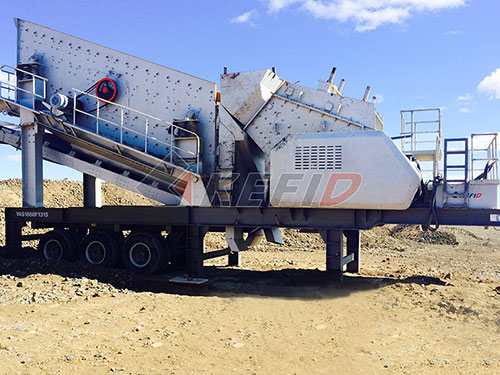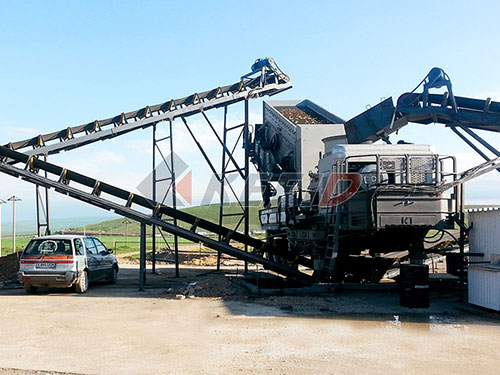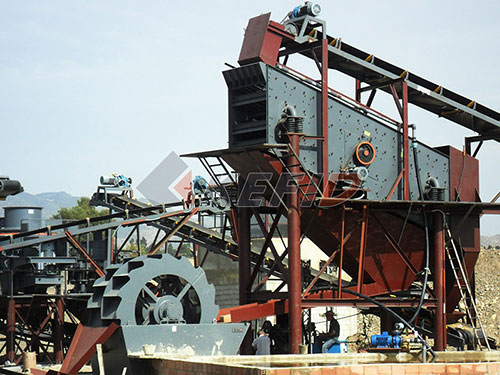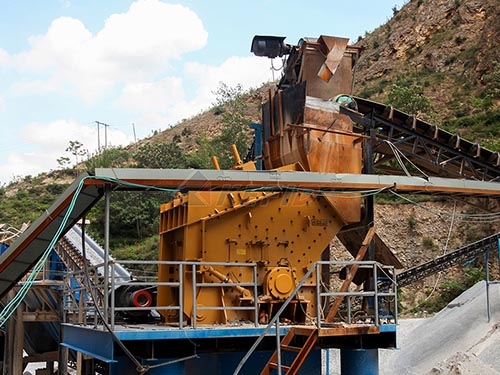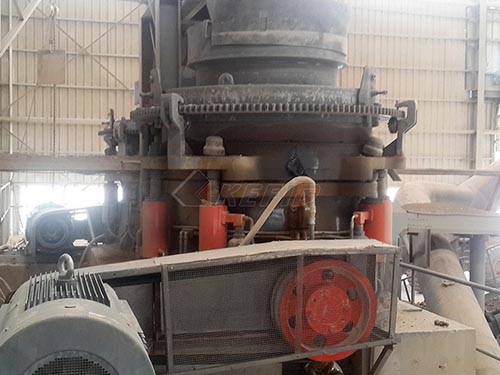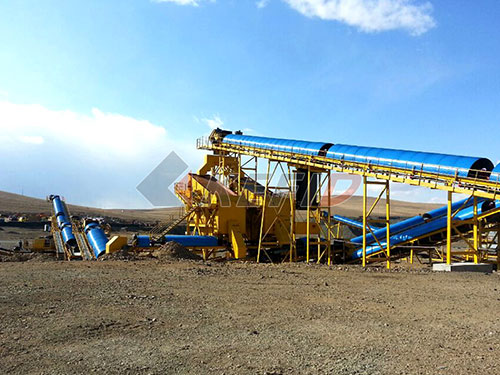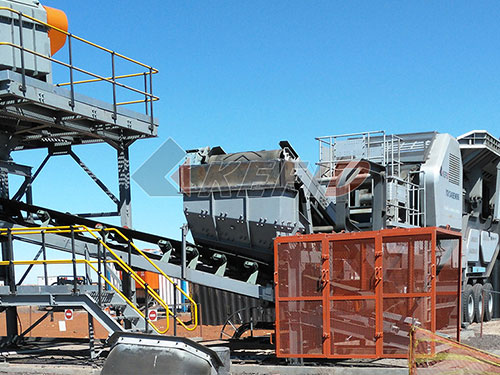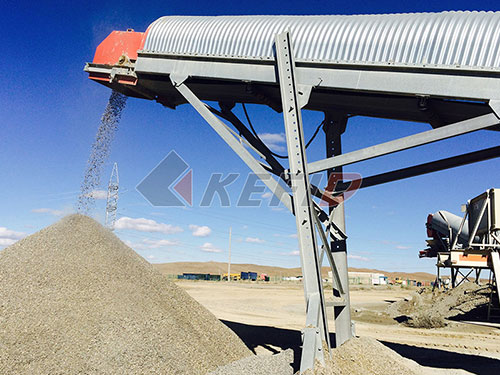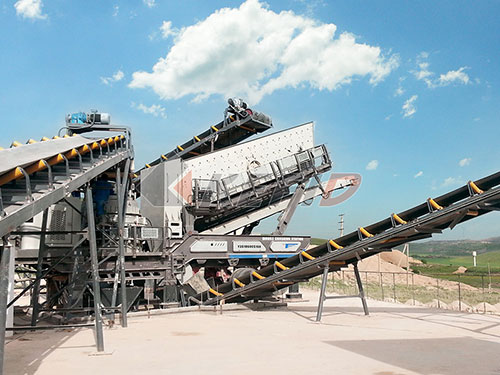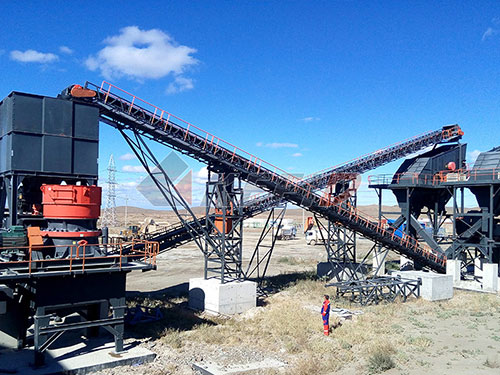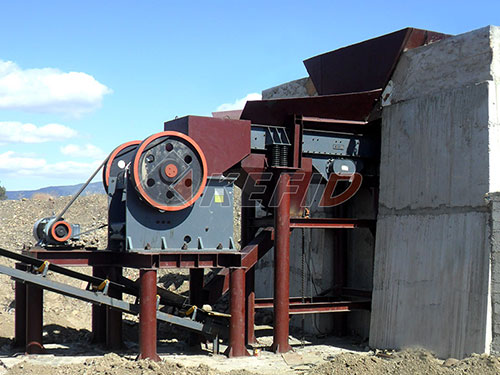Crusher Plants: The Engine Behind Construction and Infrastructure
In the vast landscape of industrial operations that build our modern world—roads, bridges, buildings, railways—crusher plants stand as indispensable workhorses. Often unseen by the public eye but fundamental to progress, these facilities transform raw rock and mineral deposits into the vital aggregates that form the literal bedrock of construction and development.
The Core Function: Size Reduction
At its heart, a crusher plant is a systematic assembly of heavy machinery designed for one primary purpose: size reduction. It takes large boulders blasted from quarries or mined from pits and breaks them down progressively into smaller fragments—gravels, sands, and crushed stones—of specific sizes suitable for countless applications.
The Anatomy of a Crusher Plant
A typical plant is more than just a single crusher; it’s an integrated system:
1. Feeding: Raw material is delivered by dump trucks or loaders into a primary hopper.
2. Primary Crushing: Large jaw crushers or gyratory crushers provide the initial brute force reduction, breaking massive rocks down to manageable sizes (often 6-12 inches).
3. Conveying: Belt conveyors efficiently transport material between crushing stages and to screening units.
4. Screening: Vibrating screens act as quality control points:

Oversized material is recirculated back for further crushing.
Correctly sized material proceeds downstream.
Undersized fines may be diverted for specific uses like manufactured sand.
5. Secondary & Tertiary Crushing: Cone crushers or impact crushers take over after primary crushing for further refinement and shaping of the aggregate particles to achieve precise gradations required by specifications.
6. Storage & Stockpiling: Finished products are conveyed to designated stockpiles based on size class.
7. Control Systems: Modern plants increasingly rely on sophisticated PLC-based control systems for monitoring performance (feed rates, power draw), adjusting settings remotely, ensuring safety interlocks are active, and optimizing overall efficiency.
Why Multiple Stages?

The multi-stage approach isn’t arbitrary; it’s essential for efficiency and product quality:
Protection: Primary crushers handle large feed but produce relatively coarse output.
Refinement: Secondary/Tertiary stages can be optimized specifically for producing finer sizes with better particle shape without being overloaded by oversized feed.
Efficiency: Each stage reduces load on subsequent equipment
